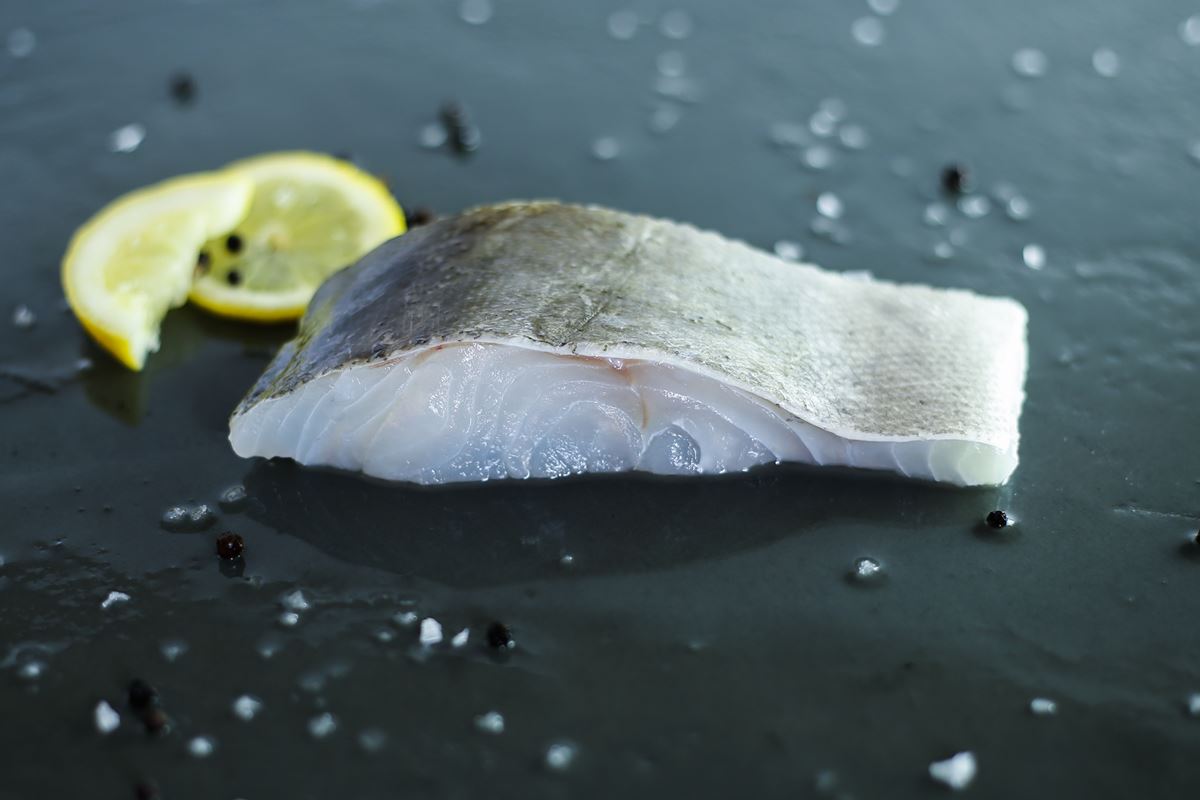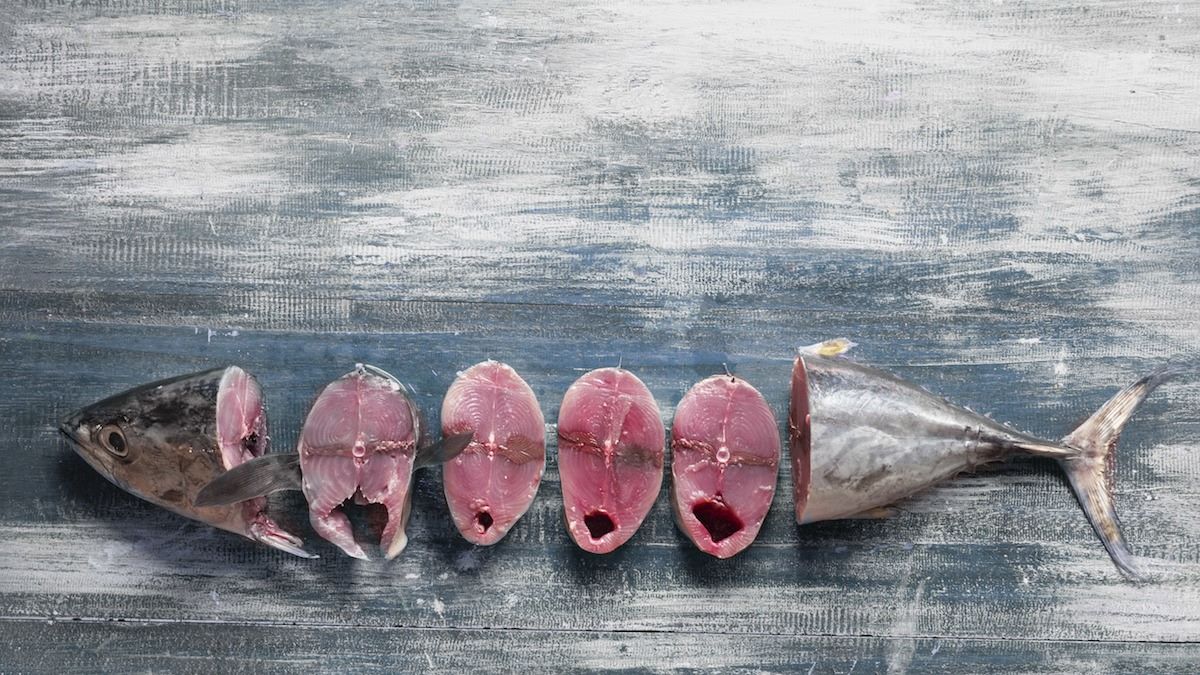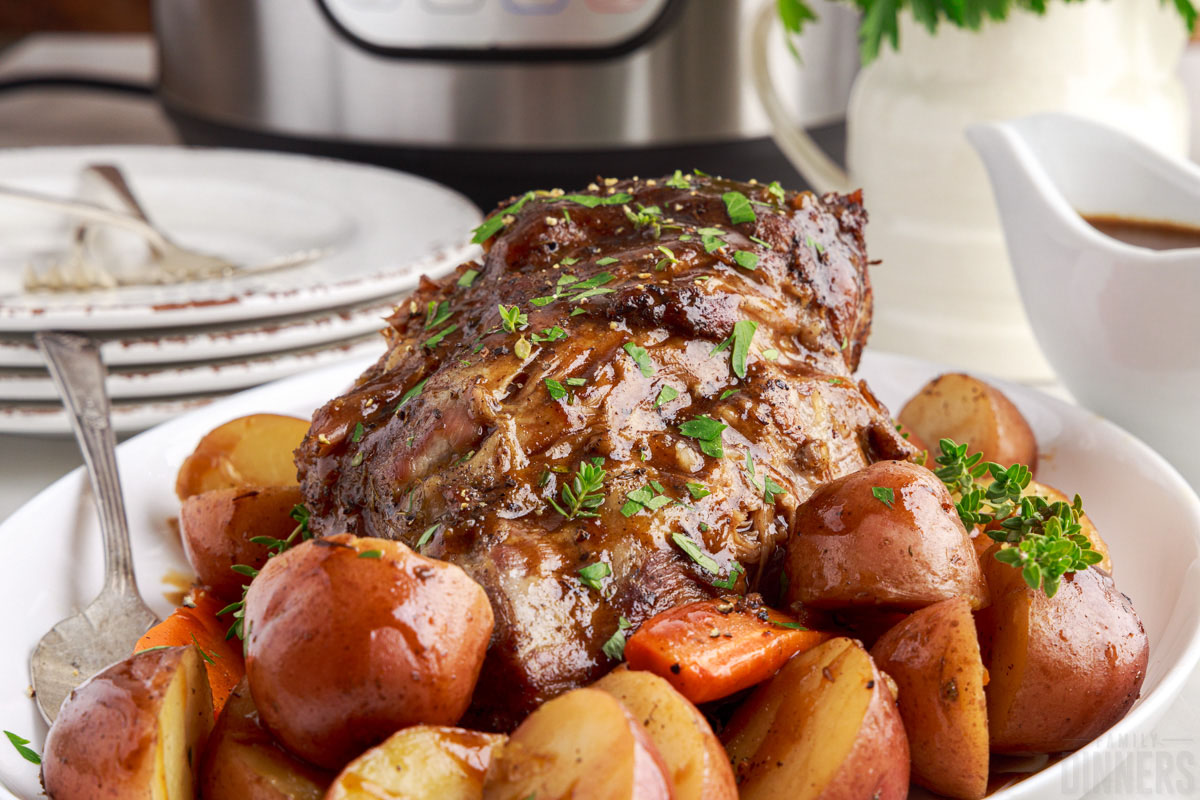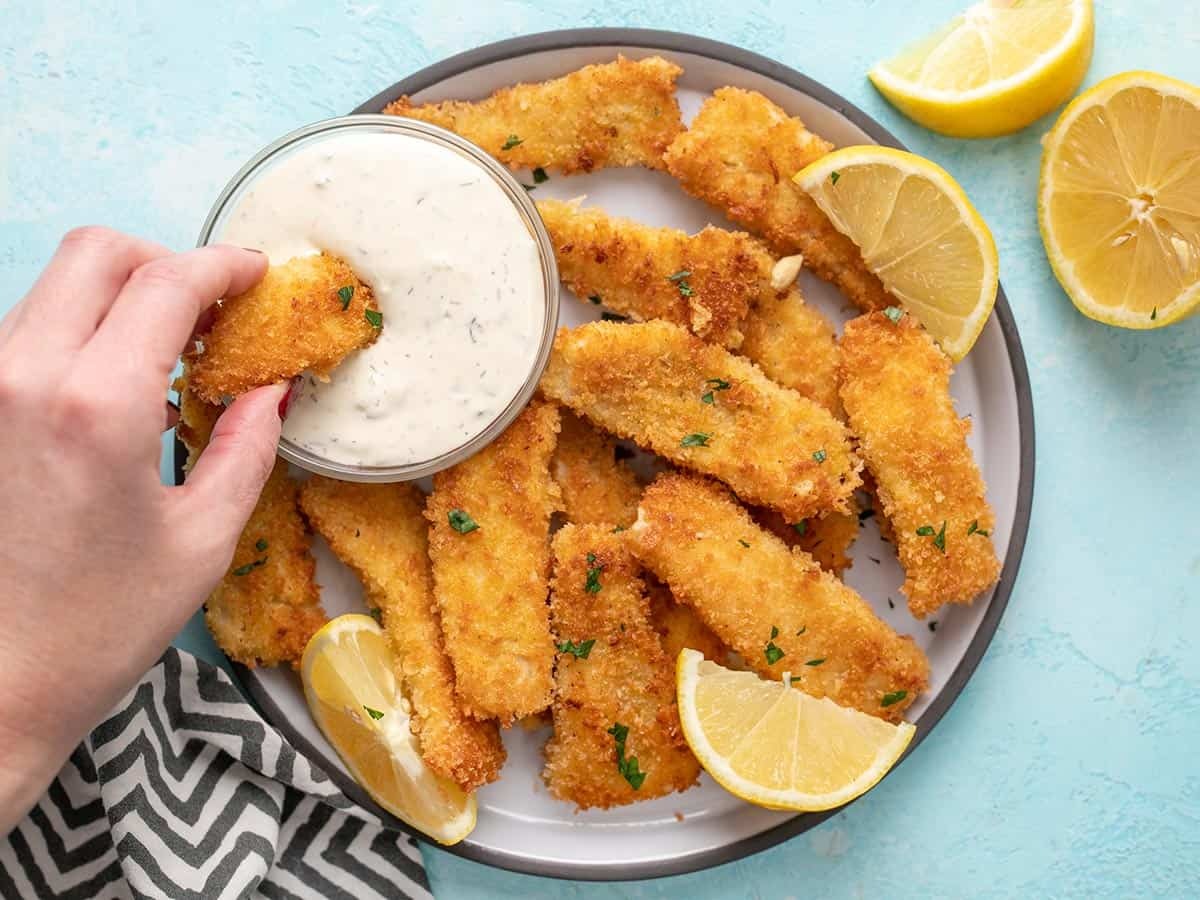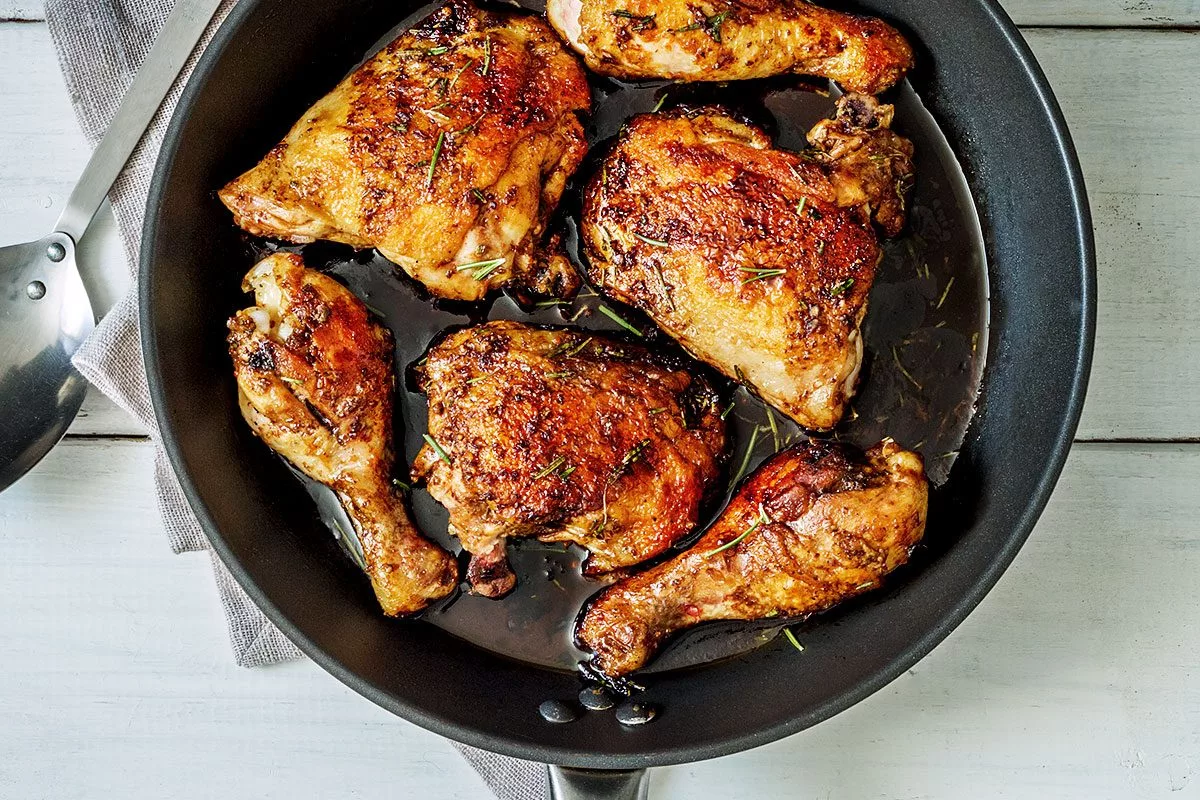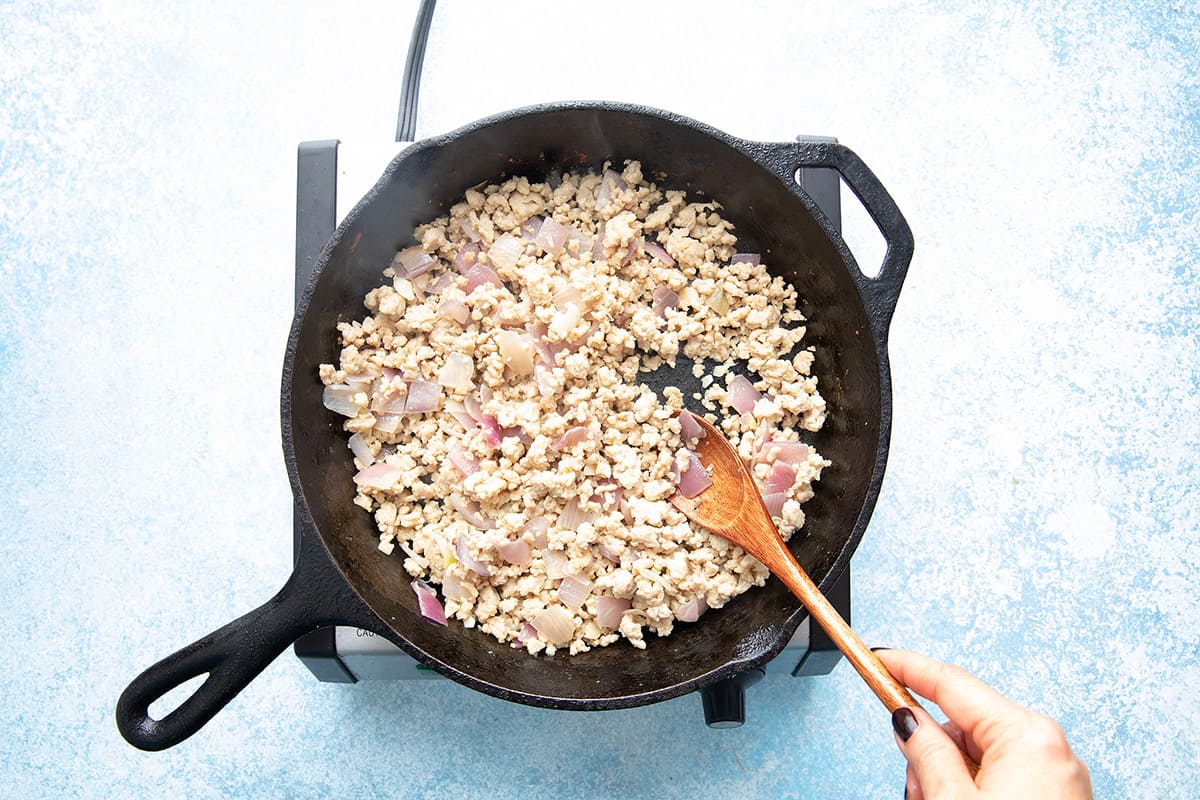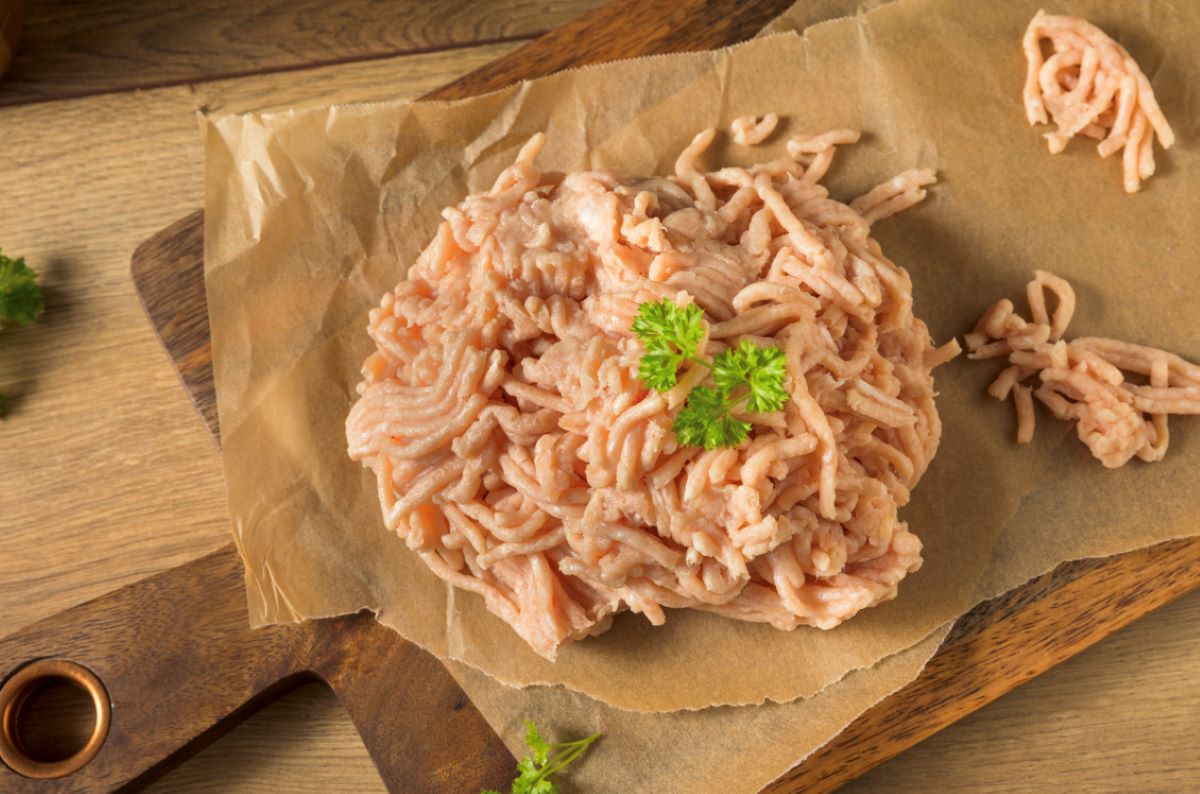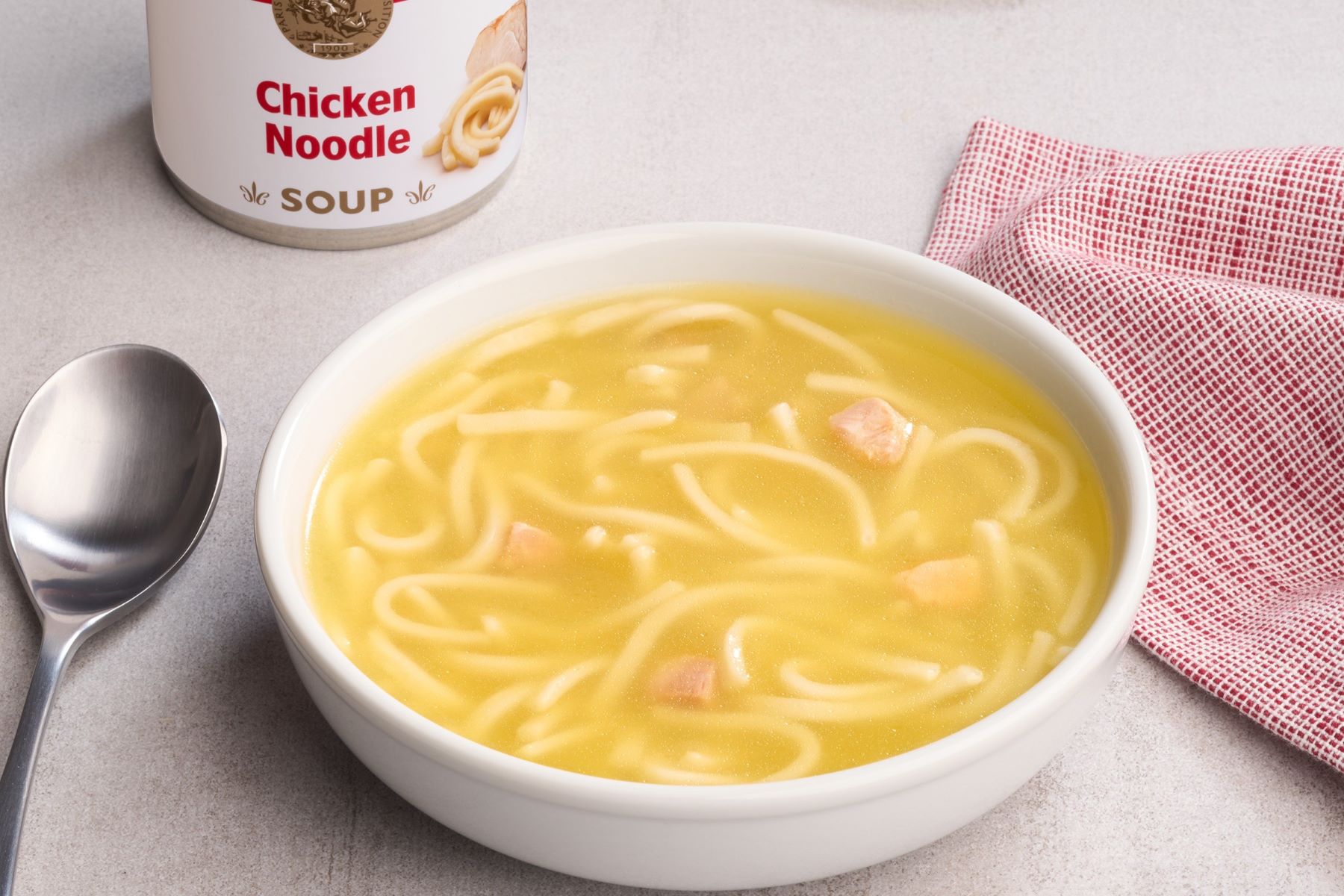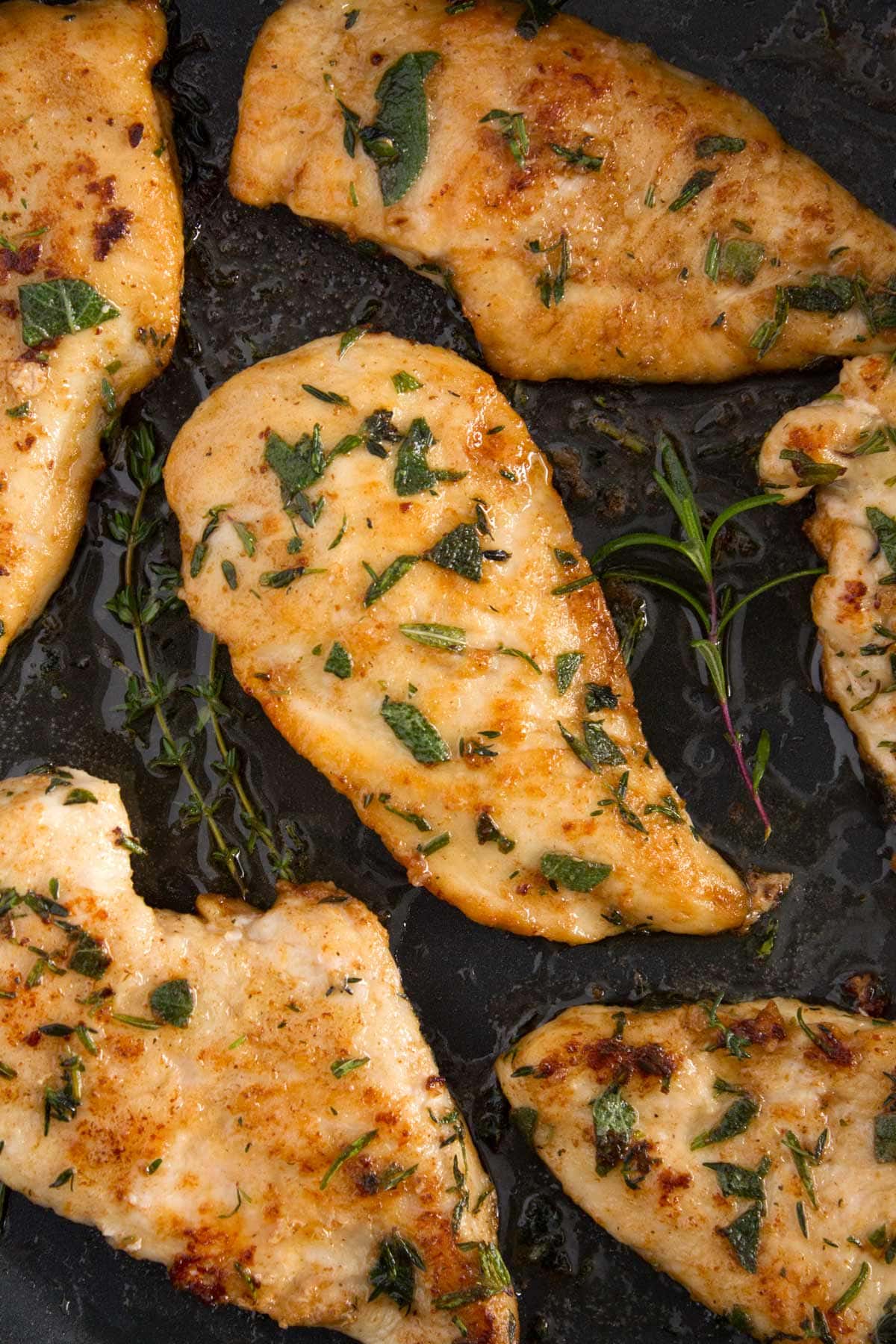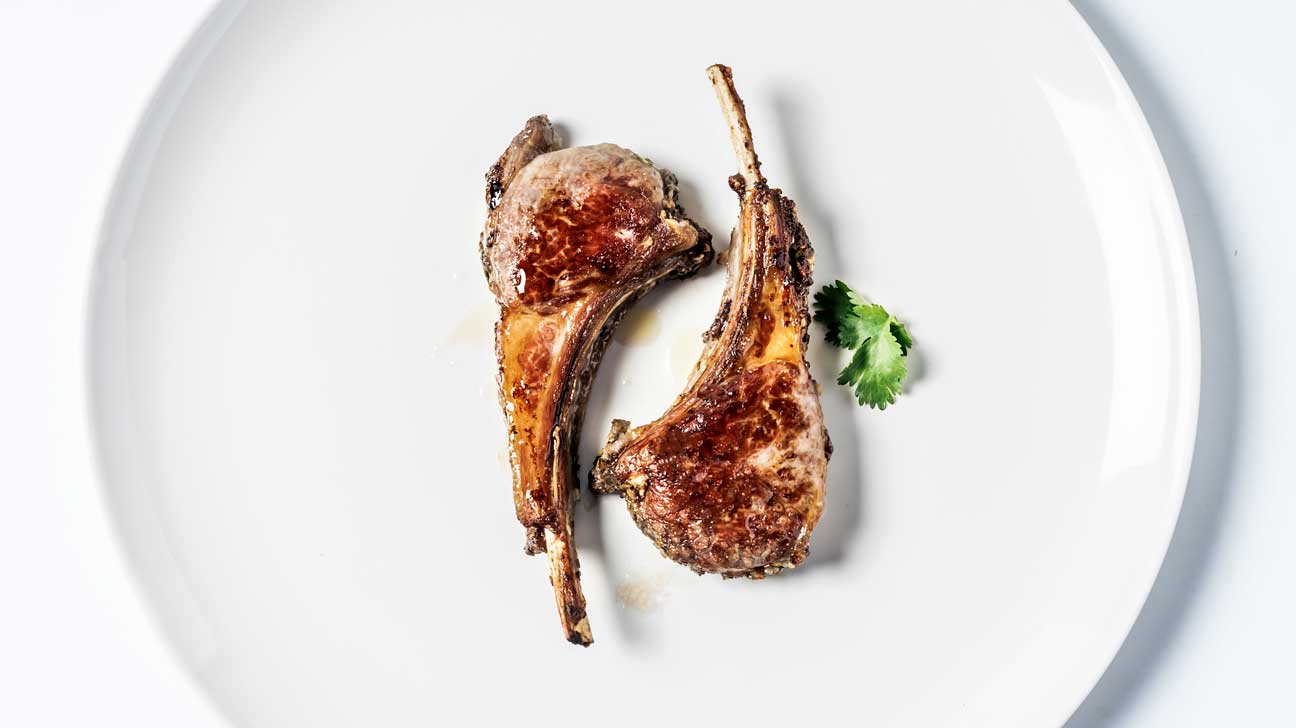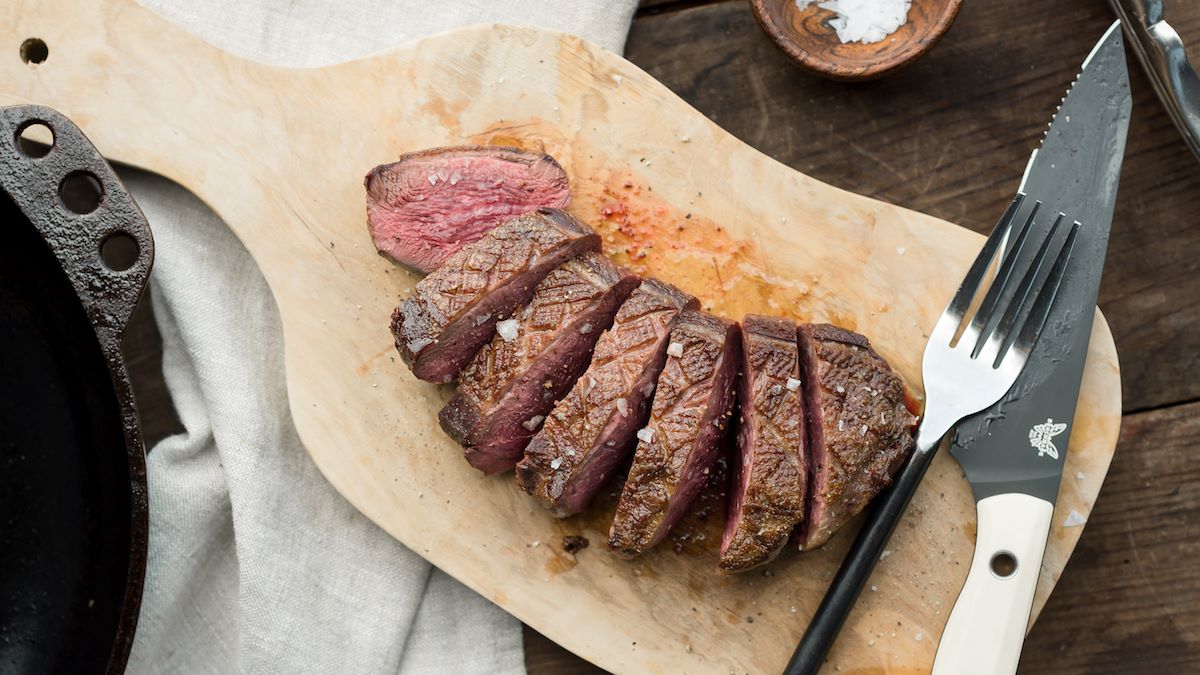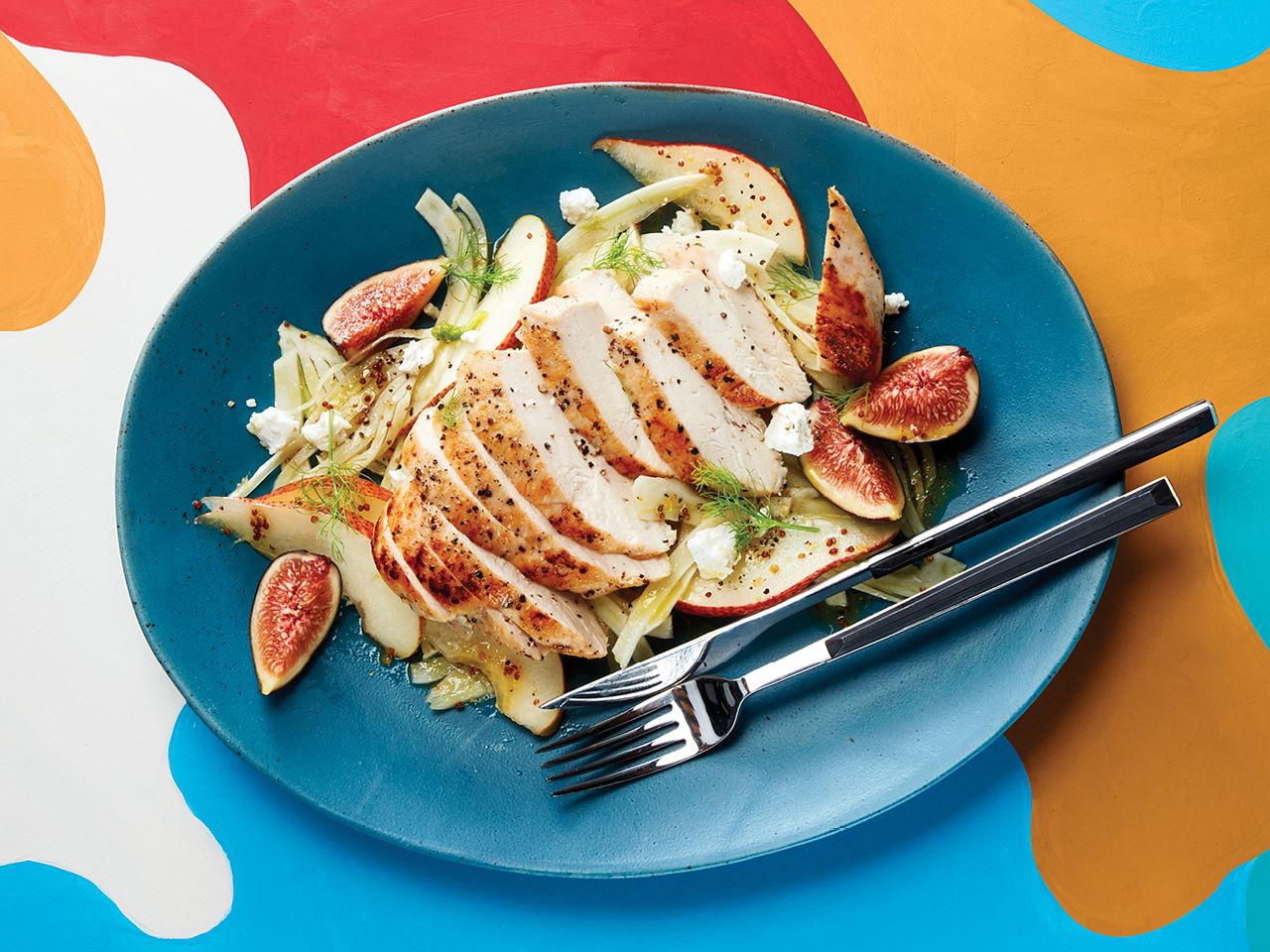How To Cook Fish On A Blackstone
If you’re a seafood lover and you’re looking for a delicious way to prepare fish, then cooking it on a Blackstone griddle is a great option. The Blackstone griddle provides even heat distribution and a large cooking surface, allowing you to cook your fish to perfection. Here’s a simple guide on how to cook fish on a Blackstone:
- Choose the right type of fish: When it comes to cooking fish on a Blackstone, it’s important to choose the right type of fish. Opt for fish with firm flesh such as salmon, trout, swordfish, or mahi-mahi. These fish hold up well on the griddle and won’t fall apart easily.
- Prepare the fish: Start by patting the fish dry with paper towels to remove any excess moisture. This will help to prevent sticking on the griddle. Season the fish with your choice of herbs, spices, and marinades.
- Preheat the Blackstone griddle: Before cooking the fish, preheat your Blackstone griddle on medium-high heat. This will ensure that the fish cooks evenly and develops a beautiful sear.
- Add oil or butter: Once the griddle is hot, add a drizzle of oil or a pat of butter. This will help to prevent sticking and add a delicious flavor to the fish.
- Place the fish on the griddle: Carefully place the prepared fish on the hot griddle. Make sure to leave enough space between the fillets to ensure even cooking.
- Cook the fish: Cook the fish for about 3-4 minutes per side, depending on the thickness of the fillets. You’ll know the fish is done when it flakes easily with a fork. Avoid flipping the fish too often to prevent it from falling apart.
- Serve and enjoy: Once the fish is cooked to your desired doneness, remove it from the griddle and let it rest for a few minutes. This will allow the juices to redistribute and ensure a moist and flavorful final result. Serve the fish with your favorite side dishes and enjoy!
Now that you know how to cook fish on a Blackstone, you can impress your family and friends with a tasty seafood dish. Whether you’re grilling up salmon fillets or searing some fresh swordfish, the Blackstone griddle will help you achieve delicious results every time. So fire up your griddle and get ready to enjoy a fantastic fish dinner!
Explore More Recipes and Ways to Use This Guide
Having mastered the Blackstone grill, it's time to put your skills to the test with a variety of delicious fish recipes designed to impress any palate. From the simplicity and elegance of Blackstone Grilled Salmon with Lemon Butter Sauce to the bold flavors of Blackstone Grilled Tuna Steaks with Sesame Ginger Glaze, these recipes cater to a range of tastes and occasions. For those new to grilling fish, the Blackstone Grilled Salmon with Lemon Butter Sauce is highly recommended due to its straightforward preparation and delightful results. If you're looking to explore a bit more, the Blackstone Grilled Tuna Steaks with Sesame Ginger Glaze offers a wonderful introduction to Asian-inspired flavors paired with the robust texture of tuna. Each recipe provides a unique way to utilize your Blackstone grill, enhancing your cooking repertoire and giving you the confidence to experiment with different ingredients and techniques.
Was this page helpful?
Read Next: How To Cook Dried Fish
